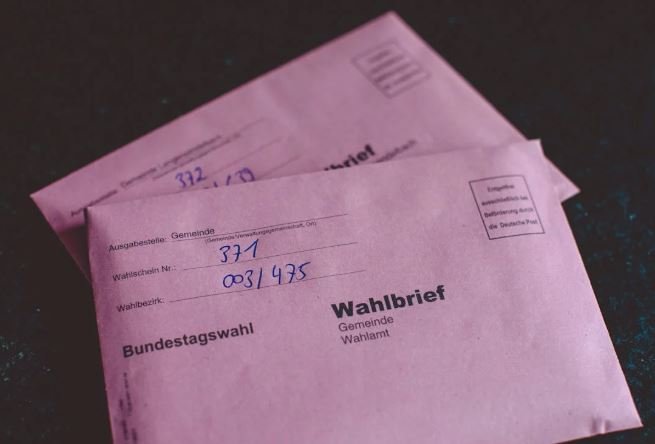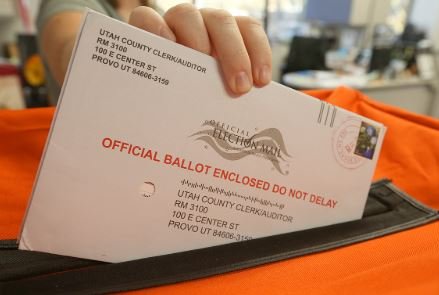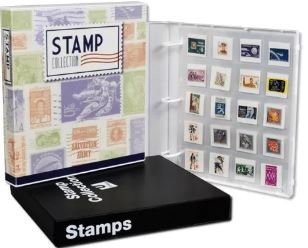Election Mail and its History is a crucial service provided by the United States Postal Service (USPS), designed to facilitate the voting process for citizens who are unable to vote in person. This service includes ballots, absentee voting materials, voter registration forms, and other election-related documents that can be mailed to and from voters. As the U.S. has evolved, so too has the role of Election Mail, shaping the way citizens participate in democracy. However, its history has been both powerful and controversial, marked by significant challenges and debates that continue to impact elections today.

What is Election Mail?
Election Mail refers to any mail that is used for elections. This can include absentee ballots, voter registration forms, election results, and other essential documents related to voting. Election Mail ensures that all eligible voters can participate in elections, even if they cannot be physically present at the polling stations. The service is integral in ensuring that voting is accessible to people with disabilities, military members stationed abroad, and individuals living in remote areas.
In the U.S., Election Mail is processed and handled by the USPS, which has the responsibility of ensuring timely and secure delivery. Election Mail includes not just the ballots but also the instructions and information necessary for voters to complete their ballots accurately and return them to the proper election authorities. Over time, the volume of Election Mail has increased, with millions of absentee ballots being sent out in each election cycle.
The History of Election Mail and its History in the US
The history of Election Mail dates back to the early days of the United States, although it wasn’t always as formalized as it is today. Voting by mail became more widespread during the 19th century when absentee voting was first introduced for certain groups, such as military personnel or citizens living abroad. The system for Election Mail continued to evolve throughout the years, especially as voting rights expanded to more groups, including women and minorities.
In the early 20th century, the U.S. Postal Service became more involved in the delivery and handling of Election Mail. The rise of absentee ballots as a more widely used form of voting contributed to this involvement. By the mid-1900s, Election Mail and its History had become an essential part of the voting process, with more states offering absentee voting as an option for all citizens, not just those unable to attend the polls on Election Day.
The modern era of Election Mail truly began to take shape in the late 20th and early 21st centuries, as mail-in voting became an increasingly popular option for voters, particularly as concerns over voter accessibility and convenience grew. During major elections, millions of ballots are sent and received through the USPS, cementing Election Mail’s status as a vital tool in the electoral process.
The Powerful Impact of Election Mail
The impact of Election Mail cannot be overstated. It has played a powerful role in expanding access to voting and allowing more citizens to participate in the democratic process. For individuals with mobility issues, those serving in the military, or people living in areas with limited access to polling stations, Election Mail offers an essential alternative to in-person voting. This service allows voters to cast their ballots safely and conveniently from their homes, ensuring their participation even if they are unable to physically be present at the polls.
The rise in Election Mail usage has also led to significant changes in election administration. Election officials have had to adapt to the increasing volume of absentee ballots, which often require more time for processing and counting. This shift has led to more efficient mail-handling procedures and technological advancements designed to track and secure ballots throughout the mail system. The powerful impact of election mail and its history lies not only in its accessibility but also in its ability to ensure that the voices of voters are heard, regardless of location or circumstance.

The Controversial History of Election Mail
While Election Mail has had a powerful and positive impact, its history is also marked by controversy. Over the years, debates over the security and integrity of mail-in voting have sparked significant division across political lines. Critics have raised concerns about the potential for fraud, misdelivery, and delays in the mail system. These concerns reached a fever pitch during the 2020 U.S. Presidential Election when the surge in mail-in voting due to the COVID-19 pandemic brought election mail and its history to the forefront of political discourse.
The controversy surrounding election mail and its history in 2020 involved challenges to the efficiency and reliability of the USPS. Delays in the processing and delivery of ballots became a focal point of criticism, with claims that these delays could affect the outcome of the election. In some cases, voters reported issues with receiving their ballots on time, while others were concerned about the potential for ballots to be lost or mishandled in the mail system.
The political debate surrounding Election Mail reached a peak with changes to USPS leadership and policies that some critics argued were designed to undermine the integrity of mail-in voting. These controversies led to widespread discussions about the future of Election Mail, with some advocating for reforms to improve the system’s reliability and security, while others called for an expansion of access to mail-in voting as a means of safeguarding the right to vote.
Despite these controversies, the role of Election Mail and its History in the U.S. election system remains undeniable. While challenges remain, the service continues to serve millions of voters across the nation, with an increasing focus on addressing the issues that have arisen over time.
Moving Forward: The Future of Election Mail
As Election Mail continues to evolve, its history of powerful impact and controversy will shape its future. Efforts to improve its reliability and security are likely to intensify, with more emphasis placed on addressing concerns over delays, fraud, and voter access. Technological advancements, such as better tracking systems and digital tools for verifying identities, may play a key role in ensuring that Election Mail remains a secure and trusted option for voters.
Moreover, the U.S. will likely continue to see debates over the expansion or restriction of mail-in voting, with Election Mail at the center of these discussions. As more citizens turn to this voting method, it will remain essential to find a balance between accessibility and security, ensuring that Election Mail remains a tool that strengthens democracy, rather than dividing it.

For those who are voting via Election Mail and its History, it’s important to know where to drop off your completed ballots to ensure they reach the right destination on time. Locating a blue mailbox near you is an easy and convenient way to send your mail, including Election Mail and its History. These iconic blue mailboxes are scattered across cities and towns, providing voters with quick access to drop off ballots and other election-related documents. By knowing where the nearest blue mailbox is, you can avoid delays and ensure your vote is counted securely.
Conclusion
Election Mail and its History is an essential part of the U.S. election system, with a history reflecting its powerful impact and its controversial challenges. From its early days in the 19th century to the present, Election Mail has expanded access to voting and helped ensure that citizens can participate in the democratic process regardless of location or circumstance. However, the controversies surrounding its security and efficiency have led to ongoing debates that will shape the future of Election Mail in the U.S. As the nation continues to navigate these complexities, Election Mail remains a vital and powerful tool for ensuring that every vote counts.



